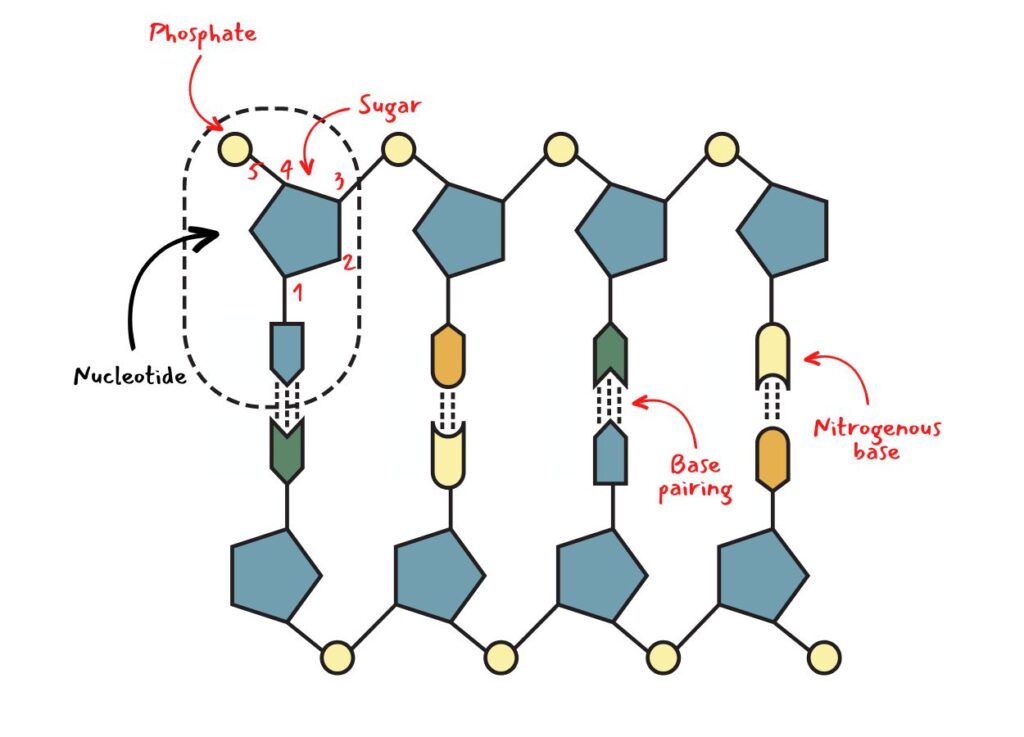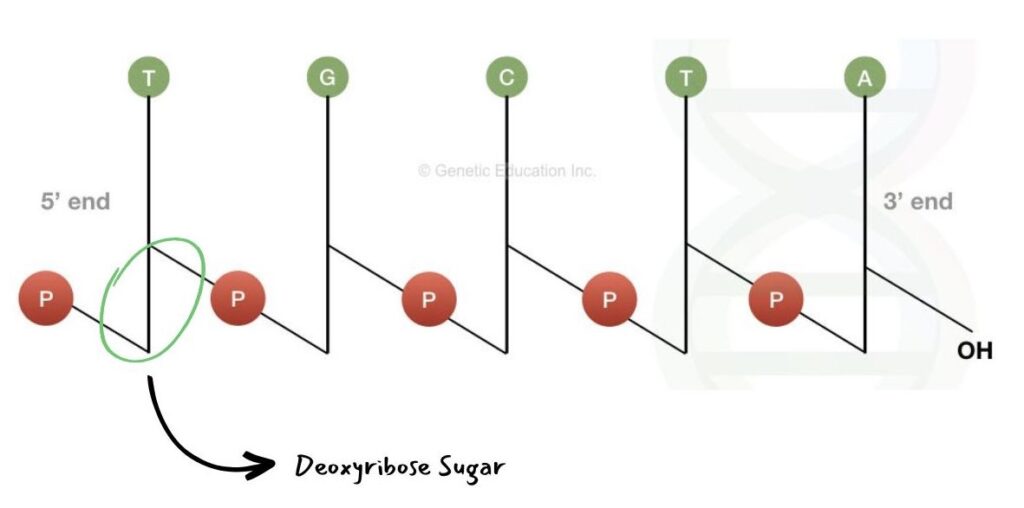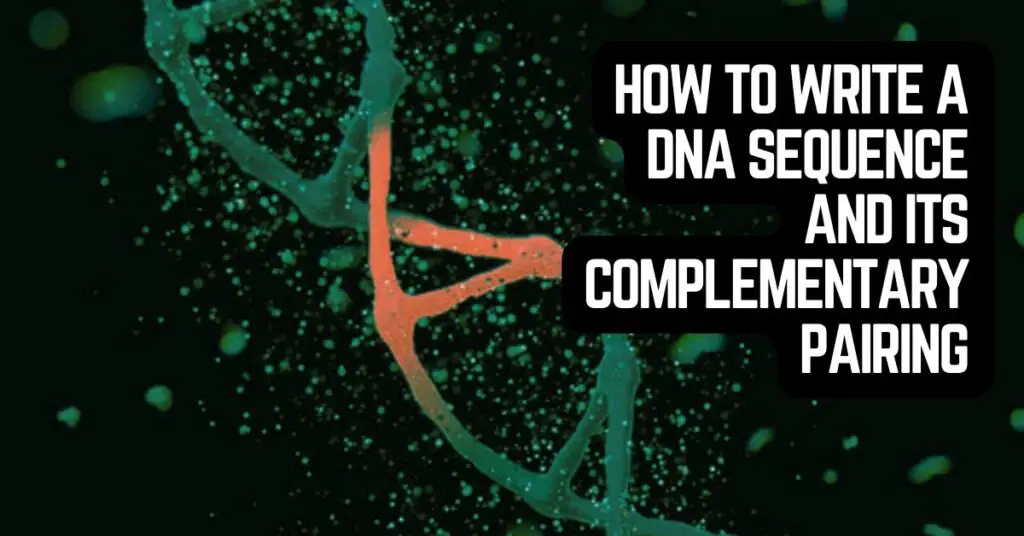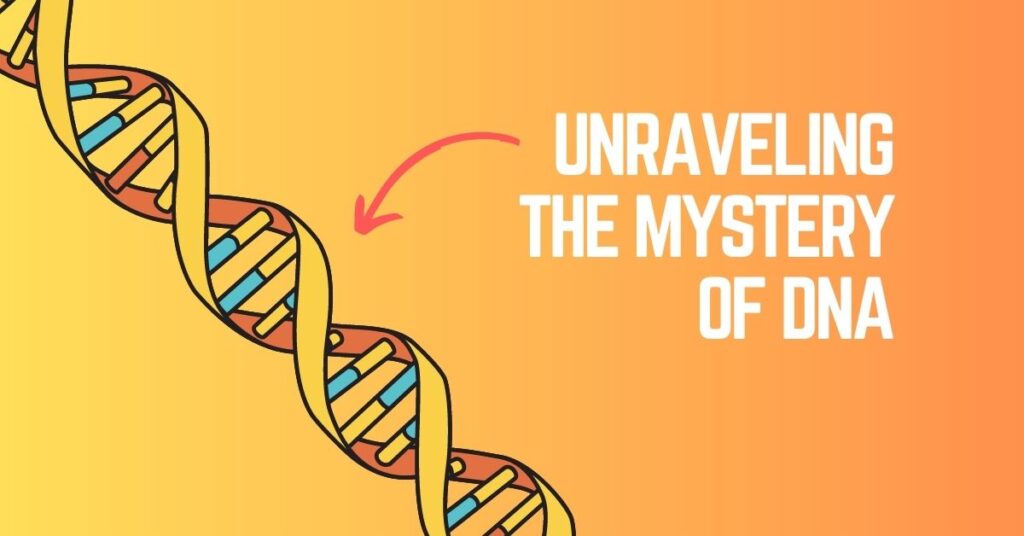“Learn thumb rules of writing DNA sequence and its complementary base pairing in a step-by-step guide. perfect for students, experts and professionals in the genetics and biology field.”
A few days back I and my fellow scientist were discussing something interesting on a Zoom call. He was writing some sequences on the paper and trying to explain them to me. He said, 3’ this…this…this.. And I’m like wait! It must start with 5’.
He is an experienced scientist and achieved immense experience in sequencing and related technology, but he took a DNA sequencing writing rule so lightly. It was entirely wrong. So I decided that I will write an article on it.
I will let students know how to write a DNA sequencing, what are the thumb rules it uses and how to even write the complementary sequence. So this article is going to be a fun activity for students.
However, if you are an expert, you can also go through this article. Trust me you will learn something amazing and new information that you never learn. In this article, I will explain a step-by-step process on how to write a DNA sequence and its complementary.
Related article: DNA: Definition, Structure and Function.
Stay tuned.
Key Topics:
Step-by-step guide on How to write a DNA sequence:

Rule 1: Learn DNA vocabulary:
Firstly, you should have to know all the terms and short forms used in DNA and related things.
- Adenine is written as “A”
- Thymine as “T”
- Cytosine as “C”
- Guanine as “G”
- Deoxyribose nucleic acid is written as “DNA”
- Phosphate is written as “P”
- Ends are denoted as 5’ and 3’.
- The combination of a base + phosphate + sugar is known as a ‘nucleotide.’
Rule 2: Watson and Crick base pairing:
Now you should have to know the correct rule of Watson and Crick base pairing which demonstrates that the C pairs with G and A pairs with T, and vice versa. In addition, A and T have two and G and C have three hydrogen bonds in the pairing.
- A :: T
- T :: A
- G ::: C
- C ::: C
Rule 3: Chargaff’s rule:
To better understand the concept as well as the Watson and Crick base pairing, Chargaff’s rule should be learned. It says that the number of G is equal to the number of C and the number of T is equal to the number of A in the double helix.
For example, if in a sequence the number of A = 25, T = 30, G= 15 and C = 12, the complementary sequence contains T = 25, A = 30, C = 15 and G = 12, respectively.
Rule 4: Understand the phosphate:
DNA is deoxyribose nucleotide triphosphate which means it contains three phosphates. One, two and three phosphates are written as mono, di and trisphosphate, respectively.
Are the rules clear? Now starting the sequence writing process.
Step-by-step process:

Step 1: The sequence starts from the left side hence it should be written from the left side.
Step 2: The left side starts with the 5’ end while the right side ends with the 3’ end.
Step 3: See the image carefully, the ‘zigzag’ portion in the sequence is our deoxy sugar. The top of the line is carbon position C1 which is attached to any nitrogenous base.
Step 4: The bottom of the sugar having the C5 carbon is attached to the phosphate. Hence the 5’ end is denoted as 5’ -P.
Step 5: The other bottom part is the 3’ end which contains the free OH group and therefore this end is known as the 3’ -OH end. It attaches to the phosphate of the other nucleotide.
Step 6: Now start with the left side which is our 5’ -OH end. So the sequence should be written as : 5’-p-T-G-C-T-OH- 3’ or we can also write 5’-pT-pG-pC-pT-pA-OH-3’.
This shows that the sequence starts with the 5’ end and each base contains phosphate and ends at the adenine which doesn’t contain any bases next so ends with the OH at the 3’.
Interestingly, the 3’ OH end is available to pair with the next nucleotide’s phosphate and the 5’P end is available to pair with the previous nucleotide’s 3’OH sugar, which occurs in the circular DNA.
Step 7: Now to simplify the sequence, and make it more readable and writing-friendly, it is written as 5’P- TGCTA- OH3’ or simply 5’TGCTA3’.
Ok so when someone writes ATTTCTGGTGAGT, remember it starts with the 5’ end. No need to write 5’P or 3’OH.
How to write the complementary sequence?
Now so far what we have discussed is writing the sequence from a single-stranded DNA. The complementary sequence is also required to prepare a full-length dsDNA. So how do I write it? Remember the chargaff’s rule!
If our sequence is TGCTA the complementary sequence is ACGAT. The complementary sequence starts at 3’ and ends at 5’.
- 5’TGCTA3’
- 3’ACGAT5’
Now one important point should be discussed here. The start of the sequence with the 5’P end ‘side’ is known as “upstream” while the 3’OH end ‘side’ on the same strand is known as “downstream.” The same rule applies to the complementary sequence as well. Take a look at the image below.

Why is writing a DNA sequence and its complementation important?
See, it’s indeed a difficult task to every time write 5’ or 3’ so the sequence is simple, written as ATTGTA…. Like that.
Every sequence database contains the DNA sequence in this format including genebank, FASTA format and even BLAST results.
Online primer design software for PCR and sequencing uses the same sequence format to prepare primers.
Even the machine and computer programs read the sequence data in this format only. Hence, learning the correct sequence writing and its complementary base pairing is important.
Related article:
- Why DNA Major Groove is the Next Frontier in Biotech Innovation?
- Deciphering The Unique Characteristics of DNA Major and Minor Grooves
Wrapping up:
I know this article is very short and some part of the information you might already know. But it is important at least for the newbie students to correctly understand the DNA sequence structure. If you like this article, please share it.


